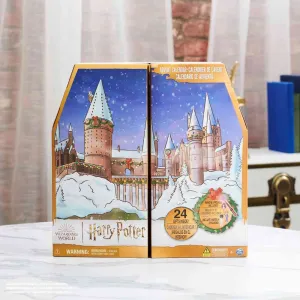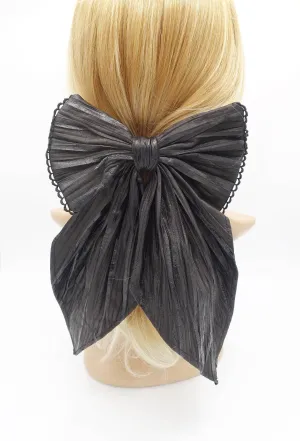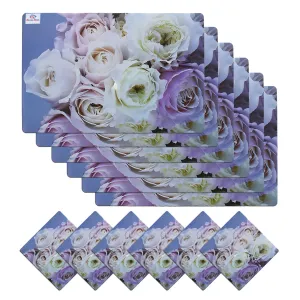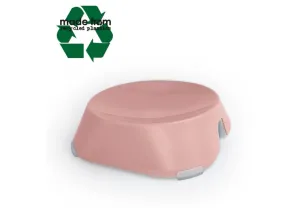Labisia Pumila, also known as Kacip Fatimah, is a small, yet striking, shade-loving perennial herb native to the tropical rainforests of Southeast Asia. This plant is highly valued for both its ornamental appeal and its traditional use in herbal medicine. It features velvety, lance-shaped leaves that are a deep green color, often with a noticeable sheen and sometimes with reddish or purplish undersides, depending on the variety and light conditions. Labisia Pumila is a low-growing plant, forming dense mats that make it an excellent choice for ground cover in tropical gardens or as an understory plant in indoor settings.
Care Guide:
Light: Prefers partial to full shade, mimicking its natural understory habitat. Bright, indirect light is ideal when grown indoors. Direct sunlight should be avoided as it can scorch the leaves.
Water: Keep the soil consistently moist but not waterlogged. Labisia Pumila does not tolerate drought well, so it's important to water it regularly, especially during dry periods. Ensure the pot has good drainage to prevent root rot.
Humidity: Thrives in high humidity environments typical of its rainforest origin. If grown indoors, maintain high humidity by misting the plant regularly, using a pebble tray, or employing a humidifier.
Temperature: Prefers warm temperatures, ideally between 18°C to 24°C (65°F to 75°F). Avoid exposure to temperatures below 15°C (59°F), as cold drafts can damage the plant.
Feeding: Fertilize lightly with a balanced, liquid fertilizer every 4-6 weeks during the growing season (spring and summer). Reduce fertilization in the autumn and winter months.
Soil: Use a well-draining, rich organic potting mix. A mixture of peat, perlite, and compost works well, providing the necessary drainage while retaining moisture.
Repotting: Repot every 2-3 years or when the plant becomes root-bound. This is also a good time to divide the plant if you wish to propagate it.
Propagation: Can be propagated through division or cuttings. Division is the simplest method, where the plant is gently separated into smaller sections and replanted.
Pests and Problems: Labisia Pumila is relatively pest-resistant but watch for common indoor pests such as spider mites and mealybugs. Address any issues promptly with insecticidal soap or neem oil. Overwatering is the most significant risk, leading to root rot, so ensure proper soil drainage and avoid letting the plant sit in water.
Labisia Pumila is a unique and beautiful plant that can add a touch of the tropics to your home or garden. By providing the right conditions—shade, consistent moisture, and high humidity—you can enjoy the lush, vibrant growth of this intriguing herb.















